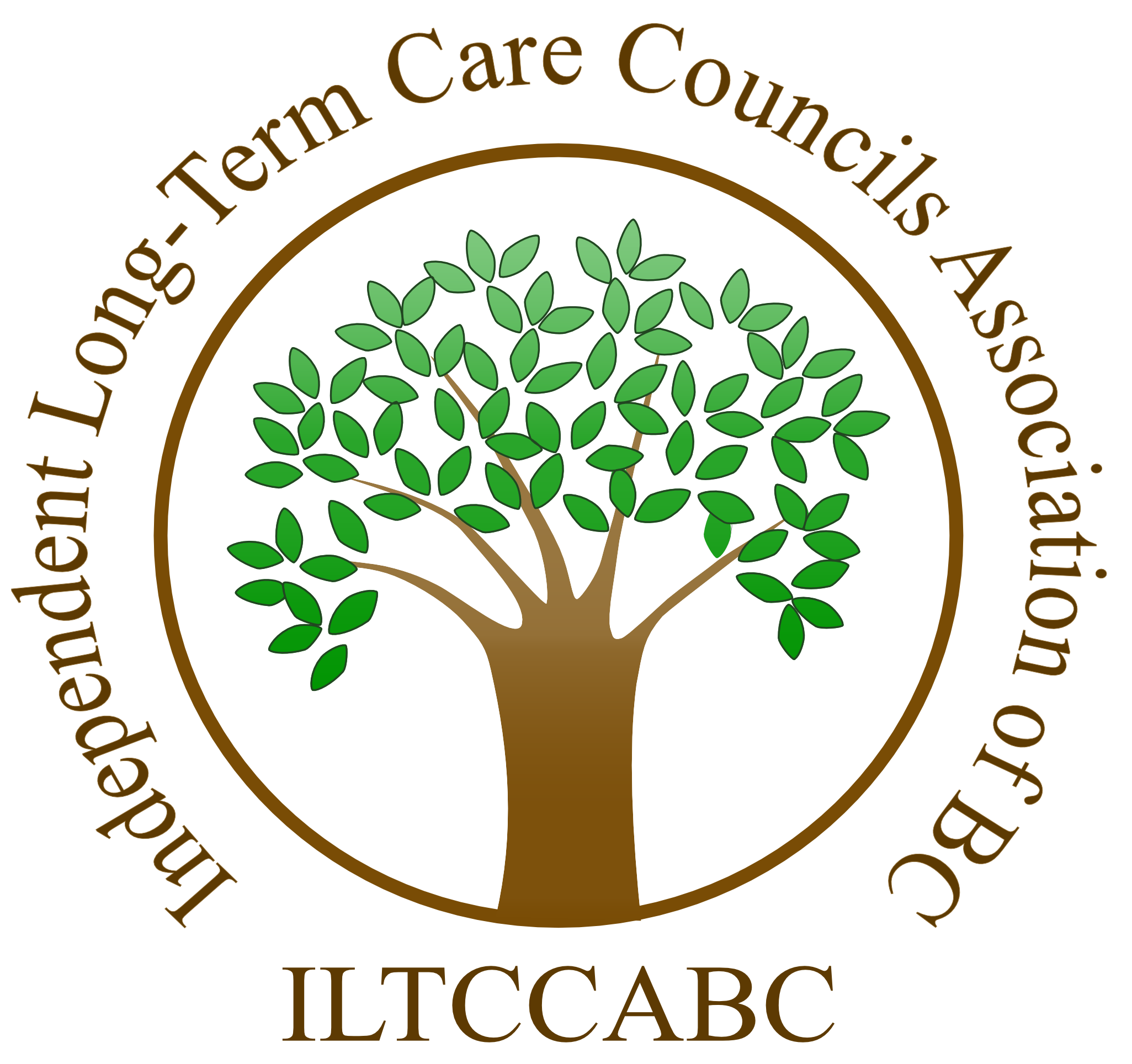
Key takeaways
- Dan Levitt, BC Seniors Advocate, discussed his office’s role in advocating for seniors in long-term care and other settings.
- Long-term care waitlists have increased from 2,300 to 7,200 people over the past decade, with average wait times doubling from 146 to 290 days.
- BC is facing a critical shortage of long-term care beds, with a 24% decrease in beds per 1,000 people aged 75+ over the last decade.
- The Office of the Seniors Advocate is calling for improved transparency in the waitlist process, better support for families, and increased investment in community-based care options
- Family councils play a vital role in improving the quality of care and advocating for residents in long-term care facilities.
- The Seniors Advocate emphasized the importance of viewing residents as individuals with relationships rather than just care recipients.
Discussed topics
Role and mandate of the Office of the Seniors Advocate (OSA)
Dan Levitt provided an overview of the OSA’s structure, purpose, and activities.
Details
- Dan Levitt: Explained that the 17 staff members focus on monitoring, research, and information services.
The OSA is an independent office housed within the Ministry of Health that addresses systemic issues related to seniors (65+) in areas of health care, housing, transportation, income, and personal care. - The four main activities: outreach and engagement, information and referral, monitoring seniors’ services, and reviewing/reporting on systemic issues
- The Council of Advisors is comprised of seniors from around the province who provide guidance and act as “eyes and ears on the ground.”
Conclusion
- The OSA operates independently to monitor seniors’ services and advocate for improvements across multiple sectors.
- The office provides a 24-hour toll-free information line to help seniors navigate services and escalate concerns.
Long-term care bed shortage and waitlists
Dan presented data showing the critical shortage of long-term care beds in BC and growing waitlists.
Details
- Shared waitlists have increased from 2,300 to 7,200 people over the past decade (200% increase)
- The average wait times have doubled from 146 days (5 months) to 290 days (10 months)
- A 24% decrease in beds per 1,000 people aged 75+ over the last decade (from 77 to 58 beds)
- Projected a further 30% decrease in the next decade if current trends continue
- By 2035/36, BC will need nearly 50,000 beds, but is only planning to build 32,500
Conclusion
- The gap between supply and demand for long-term care beds is growing significantly.
- Current government plans fall far short of projected needs, which will lead to longer waiting times.
- This shortage forces seniors to move away from their communities and places an additional burden on family caregivers.
Family caregivers and their role in long-term care
Discussion about the importance of family members in long-term care settings and their relationship with residents.
Details
- Dan Levitt: Emphasized that family members should be seen primarily as relatives (daughters, sons, spouses) rather than just “caregivers”.
- COVID highlighted the vital role of families and that seniors should never again be excluded from visiting loved ones.
- Acknowledging that caregivers themselves need care is important.
- There are challenges in being recognized as a family representative in healthcare decision-making.
Conclusion
- Family relationships remain important even when a loved one enters long-term care.
- Family members bring the outside world into care homes and help improve communication.
- Proper complaint procedures are essential for resolving concerns between administration and families.
Food and mealtime experiences in long-term care
Dan discussed the importance of food quality and mealtime experiences for residents.
Details
- Dan Levitt expressed concern about the lack of minimum per-person food funding requirements in BC.
- The average food cost in 2023/24 was $10.99 per bed per day, with significant variation between facilities ($5.24 to $24.11).
- Health authority-owned facilities spent more on average ($11.99) than contracted facilities ($10.51).
- Dan Levitt criticized institutional feeding practices like “feeding tables,” where staff feed multiple residents in assembly-line fashion.
- Mealtimes are one of the last pleasures seniors have in long-term care.
Conclusion
- Food quality and mealtime experiences are critical components of quality of life.
- Residents should have a choice in what, when, and how they eat.
- Proper oral hygiene is essential for residents to enjoy food.
- Feeding assistance should involve volunteers, family members, and friends to create a positive meal experience.
Hospital Act vs. Community Care and Assisted Living Act
Brief discussion about the different regulatory frameworks for long-term care facilities.
Details
- Dan Levitt: Explained there’s been a long history of attempts to harmonize regulations between the two acts.
- Dan Levitt: Noted that the Ministry of Health has committed to ensuring new homes will be governed under the Community Care and Assisted Living Act (CCALA).
- Dan Levitt: Emphasized that outcomes and quality of care matter more than which act governs a facility.
Conclusion
- The government has moved from legislation/regulation harmonization to a policy framework.
- The Patient Care Quality Office reviews complaints for Hospital Act facilities if resolution isn’t attainable at the site.
- The focus should be on ensuring quality of life and care, regardless of the regulatory framework.
Mental health and substance use patients in long-term care
Concerns about placing individuals with mental health and substance use issues in long-term care facilities.
Details
- Co-locating vulnerable seniors with people with mental health and substance use issues is not the right solution.
- The province hasn’t planned well enough for people with these needs.
Conclusion
- The OSA is calling on the government to increase long-term care capacity specifically for seniors.
- The OSA is tracking potential instances of inappropriate placement across health authorities.
- Special facilities should be created for this population rather than placing them in long-term care homes.
Private vs. public long-term care facilities
Discussion about the role of private operators in long-term care and profit extraction.
Details
- Dan Levitt: Referenced the “Billions More Reasons to Care” report about profit-making in long-term care.
- The issue is ensuring that the money allocated for care is spent on care.
- Dan Levitt clarified that approximately one-third of beds are owned/operated by health authorities, one-third by for-profit companies, and one-third by non-profits.
Conclusion
- The government needs to track funding and hold operators accountable regardless of ownership model.
- The funding methodology should ensure money stays in the care home.
- Quality of care and resident experience should be the primary focus, regardless of ownership structure.
Medical Assistance in Dying (MAID) and advance directives
Discussion about advanced requests for MAID for individuals with dementia.
Details
- Family caregivers raised concerns about the inability to make advance directives for MAID in cases of future dementia. People want this option, especially those without children.
- Dan Levitt acknowledged that this is a conversation Canadians need to have about choice.
Conclusion
- This is primarily a federal issue, but it relates to seniors’ choices and autonomy.
- The OSA works with partners and colleagues across the country on such issues.
- Concerns arise if people choose MAID due to inadequate care
Copy of the PowerPoint presentation and resources: CLICK HERE

